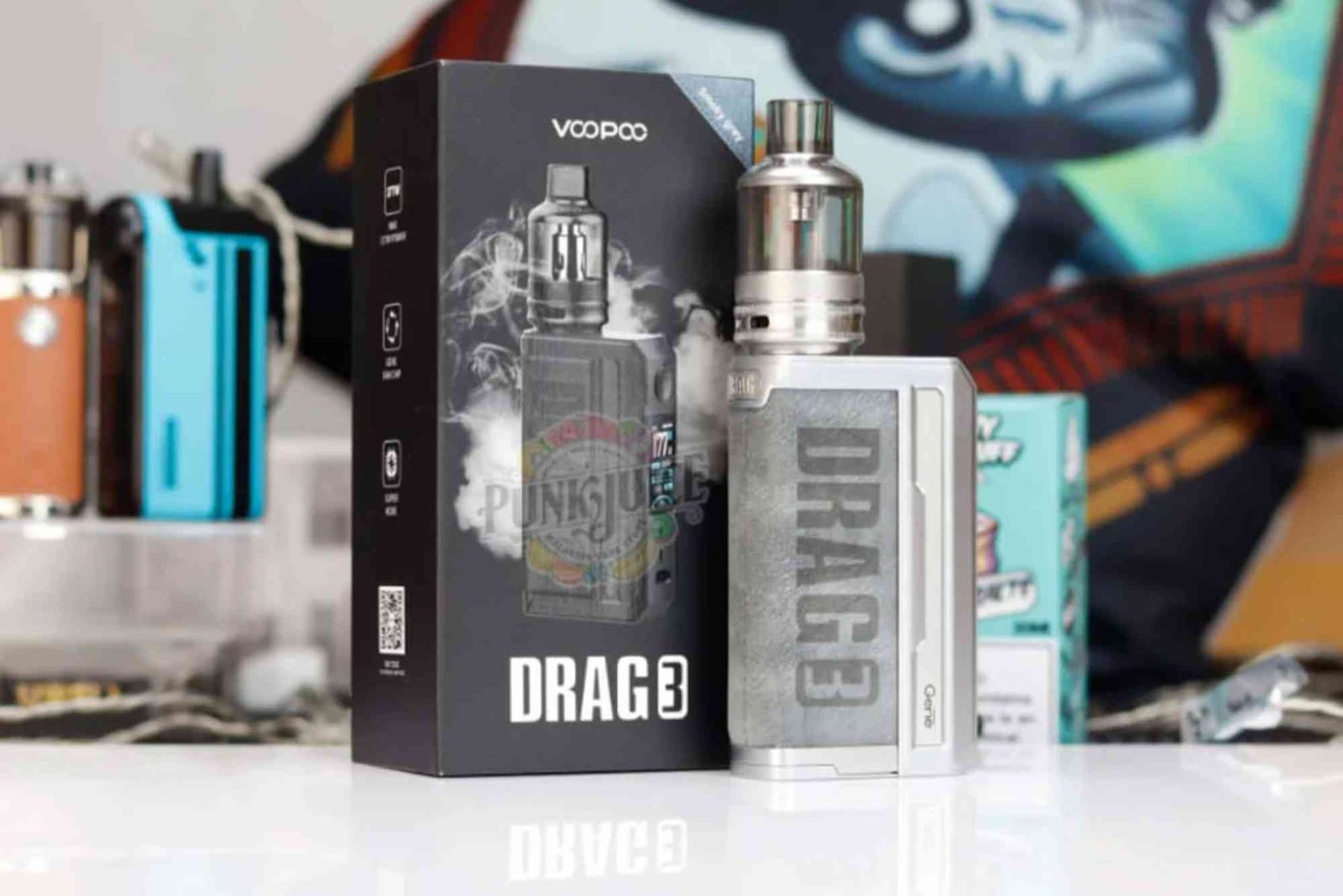Graphic design is a rapidly growing career choice in Pakistan, attracting thousands of young professionals each year. With the global creative economy expanding and businesses increasingly relying on digital content, designers in cities like Lahore, Karachi, and Islamabad are in high demand. Yet many professionals still struggle to negotiate the right compensation.
Understanding the market and learning effective techniques is essential when negotiating the salary of graphic designer in Pakistan. This article offers a step-by-step approach, backed by data, expert advice, and regional comparisons, to help creative professionals secure fair pay.
Understanding Market Trends in Graphic Design Salaries
Quick Answer: Salary ranges vary widely depending on experience, location, and skill specialization.
A junior graphic designer in Pakistan typically earns between PKR 25,000–45,000 per month, while mid-level professionals can command PKR 60,000–120,000. Senior designers and creative leads, particularly in advertising agencies and multinational companies, can exceed PKR 200,000.
Key factors influencing pay include:
-
Experience and portfolio strength
-
Industry demand (e-commerce, gaming, digital marketing)
-
Regional hubs like Lahore and Karachi offering higher salaries
-
Remote freelance opportunities with international clients
Why Research Matters Before Negotiation
Quick Answer: Knowledge of industry benchmarks strengthens your position at the negotiation table.
Candidates who research average salaries and industry demand are more likely to negotiate successfully. Platforms like Payoneer’s Global Gig Index show Pakistani freelancers among the top five globally in revenue growth, highlighting the rising value of design services.
Effective research involves:
-
Reviewing salary surveys and HR reports
-
Comparing job postings across Lahore, Karachi, and Islamabad
-
Talking to peers in professional networks
Building a Strong Portfolio as a Negotiation Tool
Quick Answer: A portfolio showcasing results-driven design work increases bargaining power.
Employers value measurable outcomes, not just creativity. For example, showing how a redesign improved a client’s social media engagement by 40% demonstrates impact.
Ways to strengthen your portfolio:
-
Include before-and-after design comparisons
-
Highlight collaborations with known brands
-
Showcase cross-industry versatility (tech, fashion, e-commerce)
Leveraging Soft Skills Alongside Technical Expertise
Quick Answer: Strong communication and collaboration skills help justify higher salaries.
Graphic designers often work in teams with marketers, developers, and clients. Employers reward those who demonstrate:
-
Effective communication in English and Urdu
-
Ability to interpret client briefs accurately
-
Leadership in creative brainstorming sessions
-
Project management and deadline discipline
According to Ignite’s CEO, “The future of work in Pakistan will demand a mix of technical mastery and human-centric collaboration.”
Regional Salary Comparisons and Opportunities
Quick Answer: Salaries differ between major Pakistani cities and global hubs like the UAE.
-
Karachi & Lahore: Offer higher salaries due to corporate demand.
-
Islamabad & Rawalpindi: Growing design needs with government and tech startups.
-
Smaller Cities (Multan, Bahawalpur): Lower pay but rising opportunities through remote work.
-
UAE Example: Entry-level graphic designers in Dubai earn AED 4,000–6,000, showing how regional demand shapes salaries.
This highlights the potential for Pakistani designers to expand careers internationally while benchmarking local expectations.
Using IT Parks and Training Programs for Career Growth
Quick Answer: Modern IT parks and training initiatives equip designers to earn competitive salaries.
The Special Technology Zones Authority (STZA) is building hubs in Islamabad, Lahore, and Karachi, while programs like DigiSkills have trained over 2.5 million youth in digital professions.
One notable initiative is Dhanote IT Park, which supports freelancers and professionals with infrastructure, training, and client exposure. Such platforms enhance employability and boost negotiation leverage.
Proven Strategies to Negotiate Your Salary
Quick Answer: Confidence, preparation, and timing are key to salary negotiations.
Practical strategies include:
-
Highlight Market Research: Quote industry averages during discussions.
-
Quantify Your Value: Showcase data-driven results from past projects.
-
Negotiate Total Package: Include bonuses, training, and flexible hours.
-
Be Confident but Flexible: Accepting reasonable counteroffers builds trust.
-
Time Negotiation Right: The best moment is after receiving a job offer, not before.
Overcoming Common Salary Negotiation Mistakes
Quick Answer: Avoid undervaluing your skills or focusing only on money.
Mistakes to avoid:
-
Accepting the first offer without discussion
-
Neglecting to research benchmarks
-
Overemphasizing salary without considering career growth
-
Lacking evidence of past achievements
Employers value professionalism; negotiation done respectfully often strengthens long-term relationships.
FAQs
1. What is the average starting salary for a graphic designer in Pakistan?
Around PKR 25,000–40,000, depending on location and company size.
2. How much can an experienced designer earn?
Experienced professionals can earn PKR 100,000+ in established firms or through freelancing.
3. Can freelancers earn more than full-time designers?
Yes. Many freelancers working internationally earn significantly higher than local salaries.
4. Should I negotiate if I am a fresh graduate?
Yes, but focus on growth opportunities, training, and career pathways alongside pay.
5. What industries pay graphic designers the most in Pakistan?
E-commerce, IT services, digital marketing, and advertising agencies.
6. Do certifications help in salary negotiations?
Yes. Certificates from DigiSkills, Coursera, or Adobe can strengthen your profile.
7. What role do IT parks play in career development?
They provide training, co-working, and mentorship, helping professionals secure better salaries.
Final Thought
From my perspective, salary negotiation is not just about money—it’s about career growth, recognition, and long-term value. Over the past decade, I’ve seen designers in Lahore and Karachi grow from modest beginnings to leading Creative Teams in Multinational Firms. With structured preparation, confidence, and the right platforms, professionals can secure salaries that reflect their skills.
Government-backed programs, STZA initiatives, and supportive ecosystems like salary of graphic designer in Pakistan portals give today’s youth the resources we never had a decade ago. As Pakistan continues to integrate into the global digital economy, negotiation is not a challenge—it’s an opportunity to define your worth.






